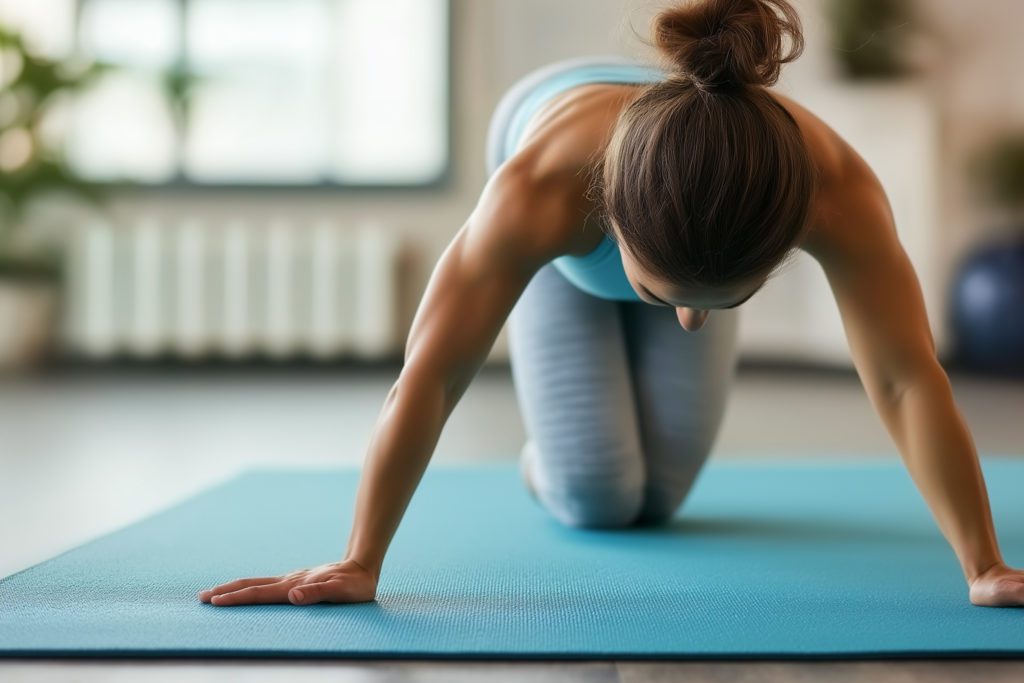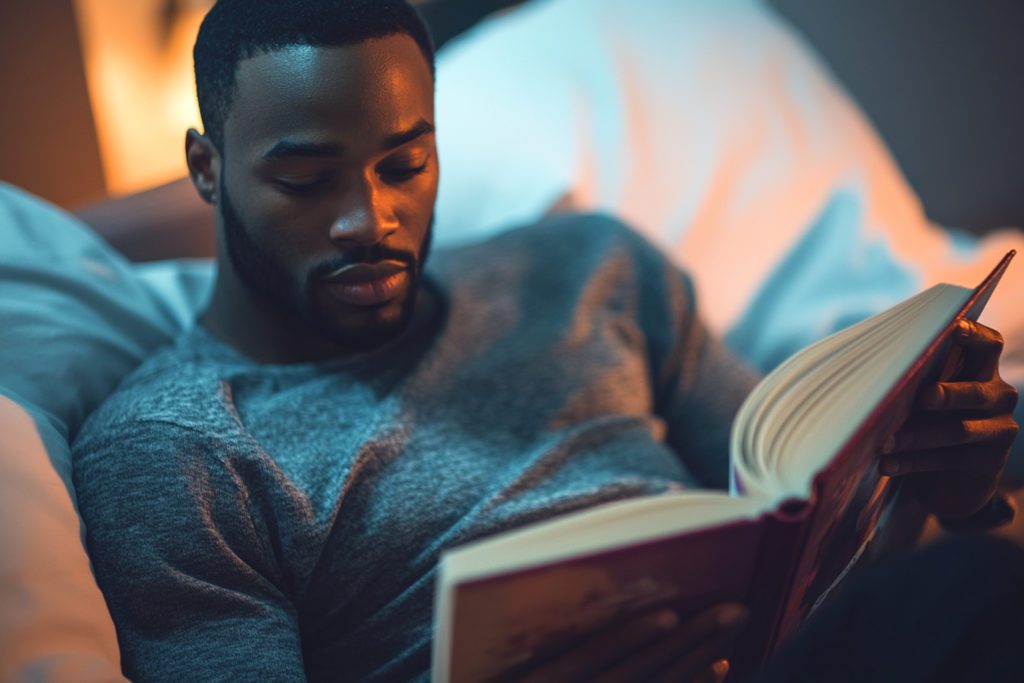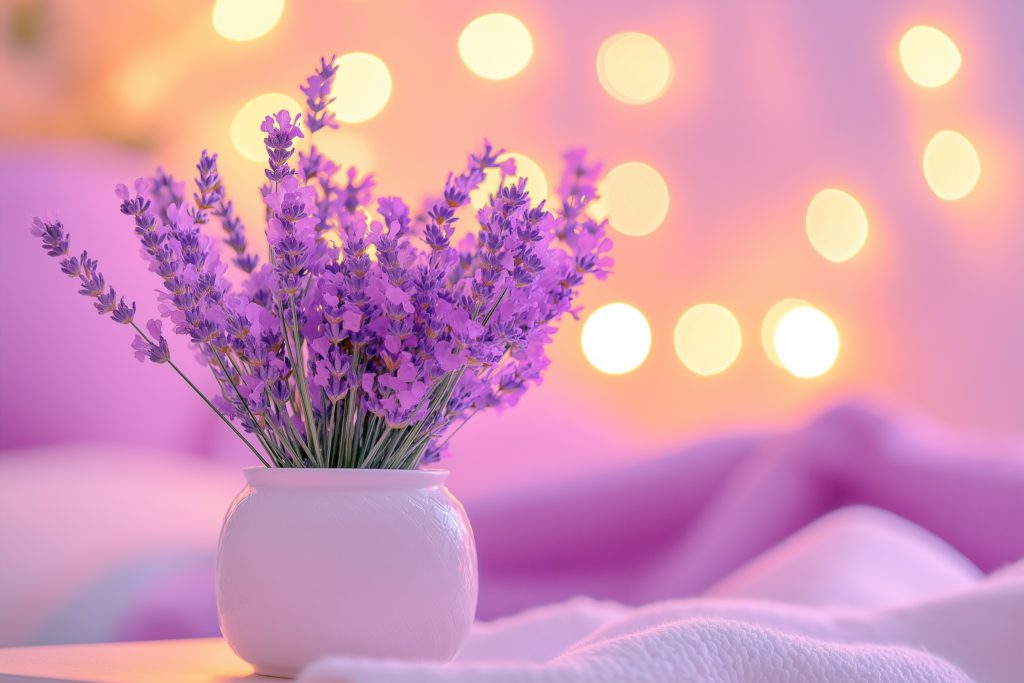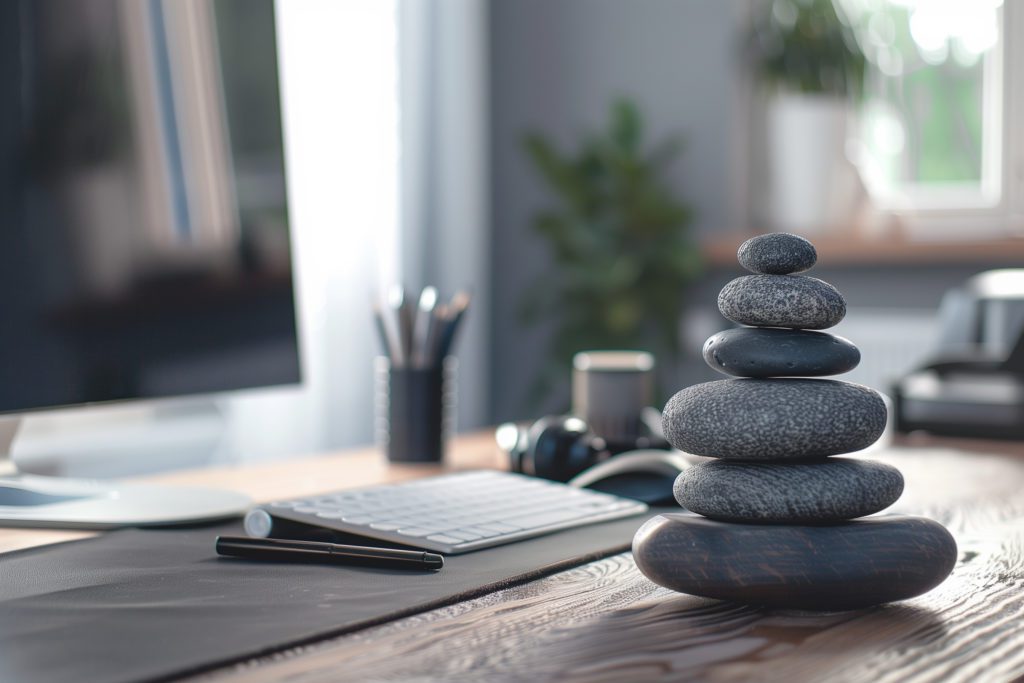
The Effectiveness of Yoga in Treating Insomnia
Are you struggling to sleep? Find out how yoga can help you sleep, reduce stress, and enjoy a restful night. Say goodbye to insomnia with these simple poses.
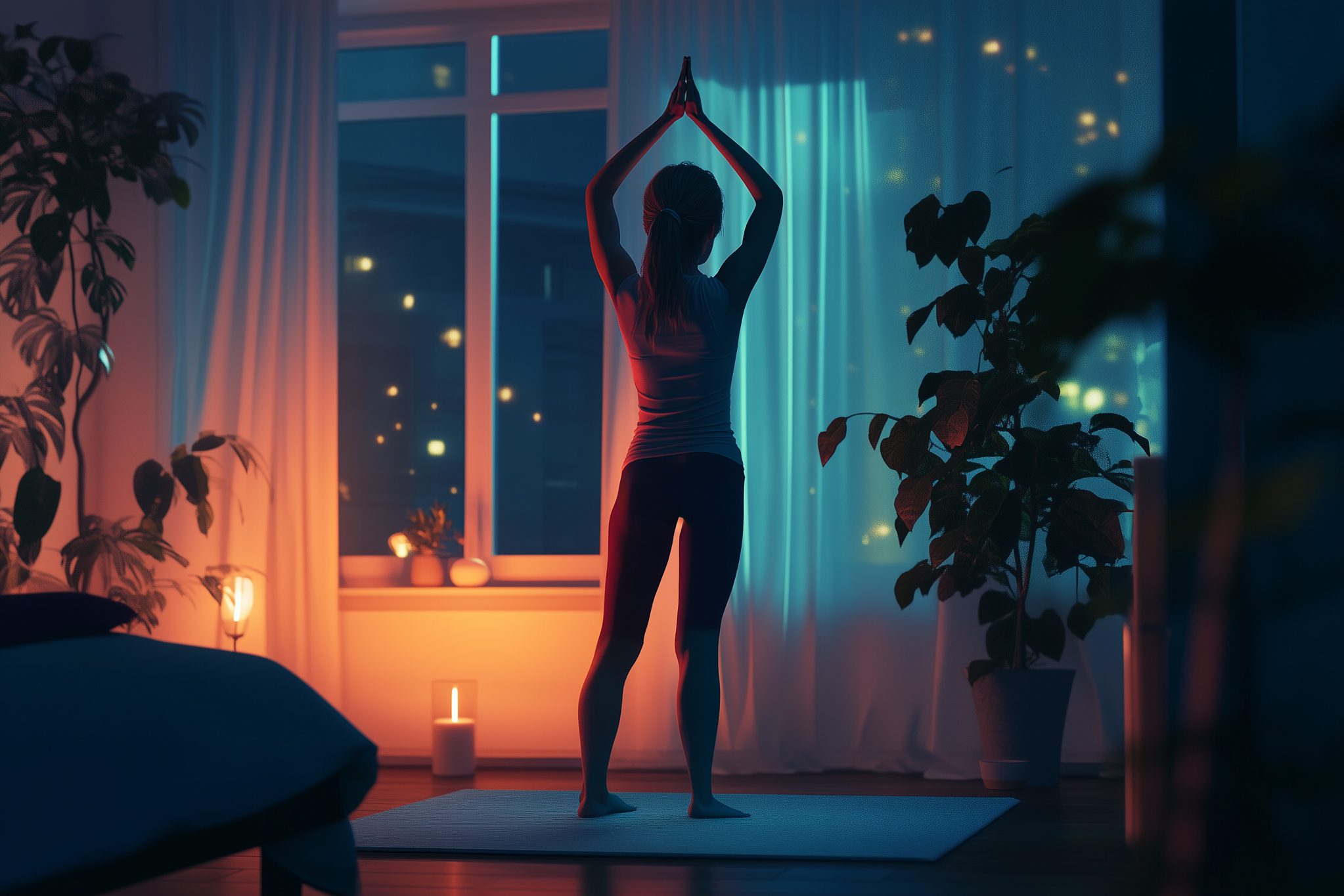
With stress and screens taking over our lives, it's no wonder that more and more people are struggling to get a good night's sleep. But before you reach for that sleeping pill or start binge-watching another TV series, have you ever considered yoga?
Yes, yoga isn't just about bending your body. It's a practice that could be your ticket to better sleep.
In this article, we'll discuss how yoga can help tackle insomnia. So, read ahead for scientific insights.
What is Insomnia?
Insomnia is more than just the occasional restless night. It's a chronic condition where falling asleep or staying asleep becomes a nightly struggle. Imagine it's 3 am, and instead of dreaming, you're wide awake, staring at the ceiling. Sound familiar? You're not alone—studies show that around 10-30% of adults have insomnia at some point in their lives, with some estimates even reaching up to 60%.
The causes of insomnia are as varied as the dreams we wish we had. Stress, anxiety, poor sleep habits, and even certain medications can throw a wrench into our sleep cycles. And the effects? From mood swings to memory problems and even an increased risk of chronic conditions like heart disease, insomnia can wreak havoc on your health.
Addressing insomnia is crucial—not just for your sanity but also for your overall well-being. This is where yoga steps in, offering a natural, side-effect-free remedy to help you reclaim those precious hours of sleep.
How Does Yoga Improve Sleep Quality?
So, how exactly does yoga transform from a morning stretch session to a nighttime sleep aid? It's all about the magic of mind-body connection. When we think of yoga, we often picture the physical poses that stretch and strengthen our bodies.
But yoga is so much more than just physical exercise. It's a holistic practice that integrates breath control, meditation, and mindfulness, all of which play a crucial role in calming the mind and preparing the body for sleep.
Yoga helps to release muscle tension, particularly in areas where we tend to hold stress, like the neck, shoulders, and back. When your body feels more relaxed, it's easier to drift into sleep. Certain yoga poses, such as forward bends and twists, reduce physical stress and promote relaxation.
A study published in the Brain Behavior and Immunity Integrative Journal found that regular yoga practice significantly improved sleep quality among participants, helping them fall asleep faster and sleep more soundly through the night.
But the real secret sauce of yoga for better sleep lies in its mental and emotional benefits. Yoga encourages mindfulness, which is a fancy way of saying it teaches you to focus on the present moment rather than letting your mind run wild with worry.
Techniques like deep breathing and meditation help activate the parasympathetic nervous system—also known as the "rest and digest" system—which counteracts the stress response and signals to your body that it's time to unwind.
Types of Yoga Poses for Better Sleep
Now that we know how yoga can help. Let's discuss the poses that can turn your sleepless nights into restful slumbers. Don't worry; you won't need to be a yoga guru to do these—no handstands or splits are required! These poses are gentle, restorative, and, best of all, they're designed to make you feel relaxed.
Child's Pose
One of the go-to poses for better sleep is the Child's Pose. This pose is all about comfort and surrender. By gently stretching the lower back and hips, Child's Pose releases tension from hours of sitting, standing, or worrying about why you're not asleep.
Legs Up the Wall
If your legs could use a break after a long day, this pose is a lifesaver. It's as easy as lying on your back and propping your legs against the wall. This inverted position helps improve circulation, reduce swelling, and calm the brain, making it perfect for winding down before bed.
Reclining Bound Angle Pose
This pose opens up the hips and chest, areas where stress tends to linger. Lying down with the soles of your feet together and knees dropped to the sides, you'll feel a deep stretch that releases built-up tension.
Breathing Technique
To enhance these poses, incorporate breath control techniques like 4-7-8 breathing, which involves inhaling for four seconds, holding the breath for seven, and exhaling for eight. This slow, deep breathing signals to your brain that it's time to relax and prepare for sleep.
Remember, the key to using yoga for better sleep is consistency. Practicing these poses can help train your body and mind to associate them with relaxation and sleep, creating a powerful nighttime ritual.
Yoga vs. Other Sleep Treatments
Now, let's compare yoga to some of the other sleep treatments. After all, if you're going to commit to a practice, it's worth knowing how it compares.
Comparison with Medications
First, let's talk about the big one—sleep medications. Sure, popping a pill might seem like a quick fix for insomnia, but it often comes with a list of side effects: grogginess, dependency, and sometimes even a next-day hangover feeling. Not exactly the restful night you were hoping for, right?
Yoga, on the other hand, offers a natural alternative without the nasty side effects. While it may require a bit more effort than swallowing a pill, the long-term benefits of yoga for better sleep are well worth it. Plus, there's the added bonus of improving your overall physical and mental well-being, not just your sleep.
Comparison with CBT-I
Then there's Cognitive Behavioral Therapy for Insomnia (CBT-I), which is often hailed as the gold standard in insomnia treatment. CBT-I focuses on changing the thoughts and behaviors that contribute to insomnia. It's highly effective, but it can be intense and requires working with a trained therapist.
Yoga, while not a substitute for CBT-I, can complement this treatment by addressing the physical and emotional stress that often fuels insomnia.
The Final Call
Incorporating yoga into your routine doesn't mean you have to give up on other treatments—it's about creating a holistic approach. Whether you're using yoga as your primary method for better sleep or in conjunction with other therapies, it's a flexible and versatile tool in the fight against insomnia.

Written by
Dr Aqsa
As a Medical Doctor, Dr Aqsa, uses her knowledge to craft complex medical information that is understandable to the general public. For years, she has tried to improve health literacy and empower readers with valuable health knowledge through her articles, blog posts, and educational materials.
Download Pillow
Get help
Press & News
Legal
Connect
X (Twitter)
Company
Copyright © Neybox Digital Ltd.
